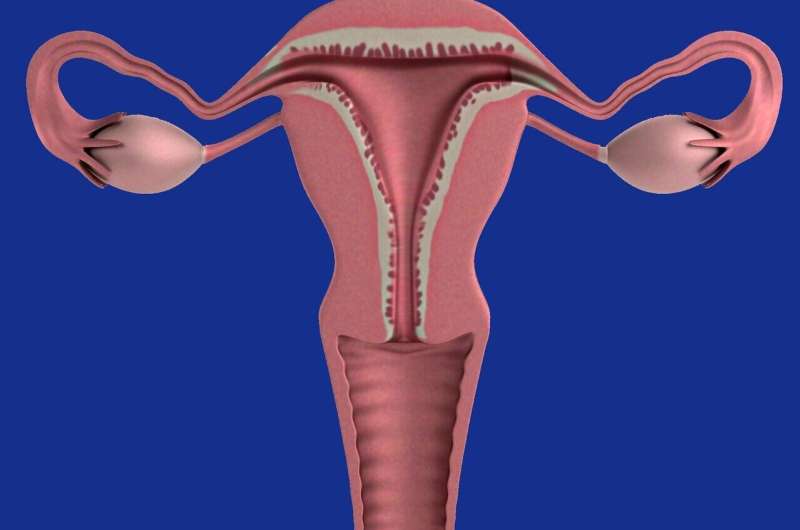Gut Microbiota Metabolite as a Marker and Driver of Early Atherosclerosis

A groundbreaking study reveals that a gut bacteria-derived metabolite, ImP, is both a marker and a cause of early atherosclerosis, opening new avenues for diagnosis and treatment.
Recent research conducted by the Centro Nacional de Investigaciones Cardiovasculares (CNIC) has shed light on a novel link between gut bacteria-produced metabolites and cardiovascular disease. A study published in Nature identified imidazole propionate (ImP), a compound generated exclusively by intestinal bacteria, as a key player in the early stages of atherosclerosis—a condition characterized by artery hardening and narrowing due to inflammation and fat deposits.
Atherosclerosis remains the primary underlying cause of cardiovascular diseases, which are the leading cause of death globally. Early detection is challenging with existing methods that primarily rely on advanced imaging, which can be costly and less accessible. This study highlights that blood levels of ImP could serve as a valuable biomarker for identifying individuals in the initial, often asymptomatic, phase of active atherosclerosis.
The significance of ImP goes beyond its role as a marker. The study reveals that ImP is also a causal agent in atherosclerosis development. Experimental models in animals demonstrated that administering ImP led to the formation of arterial plaques. The mechanism involves activation of the imidazoline receptor type 1 (I1R), which elevates systemic inflammation and accelerates the disease process.
Dr. Iñaki Robles-Vera, the co–first author of the study, explained that the elevated levels of ImP observed in patients with atherosclerosis suggest a direct contribution to disease progression. The findings propose that targeting the ImP pathway—specifically blocking the I1R receptor—could be a promising therapeutic approach. The study showed that inhibiting this receptor effectively prevented ImP-induced plaque formation in mouse models, especially when combined with cholesterol-lowering strategies.
David Sancho, the study’s lead author, emphasized that this discovery opens new avenues for early diagnosis and personalized treatment. Instead of solely focusing on traditional risk factors like cholesterol levels, clinicians might soon be able to include blood ImP measurements as an early warning sign. Additionally, efforts are underway to develop drugs that counteract ImP’s harmful effects, potentially transforming the management of atherosclerosis.
This research underscores the complex role of the gut microbiome in cardiovascular health and highlights the potential for microbiota-targeted therapies to prevent or slow the progression of atherosclerosis, ultimately reducing the global burden of cardiovascular disease.
Source: MedicalXpress
Stay Updated with Mia's Feed
Get the latest health & wellness insights delivered straight to your inbox.
Related Articles
Delayed Extubation of Ventilator Tubes in Patients May Increase Health Risks
Research reveals that delays in removing ventilator tubes after successful breathing tests can increase health risks, emphasizing the importance of timely extubation practices.
Cough Medicine Shows Promise in Slowing Cognitive Decline in Parkinson’s Disease
Emerging research suggests that the cough medicine Ambroxol may help slow cognitive decline in Parkinson's disease dementia, offering new hope for targeted therapies.
U.S. Government Report Sparks Controversy by Questioning Vaccine Safety and Public Health Policies
A 2025 White House report questions the safety and necessity of vaccines, drawing criticism from health experts and raising concerns over public health policies amid broader environmental and dietary issues.



